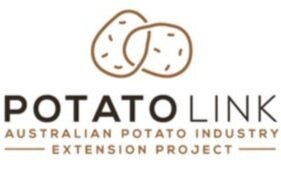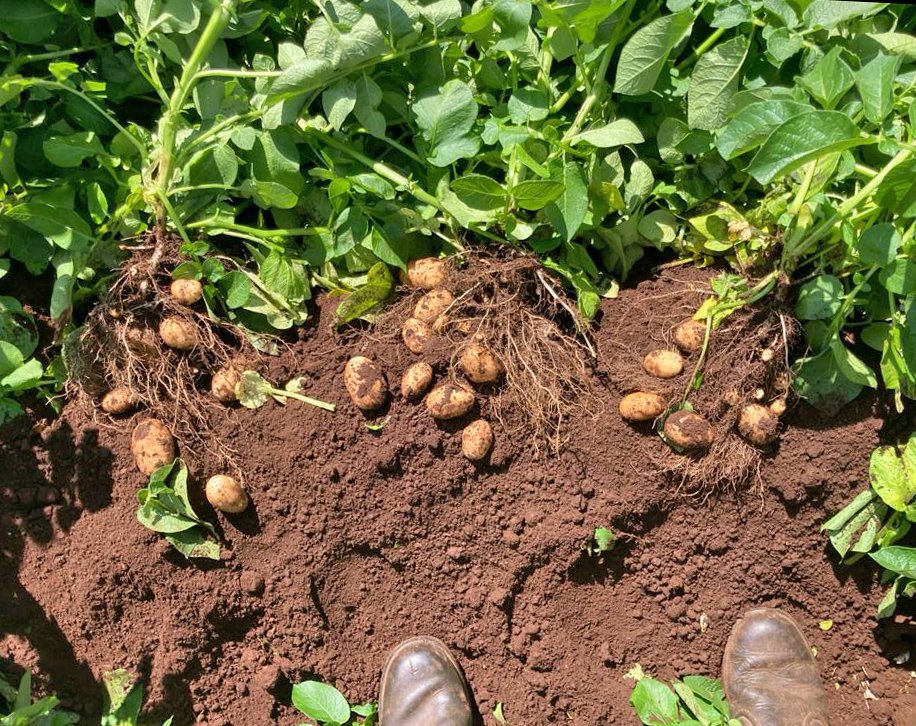PotatoLink Bulletin - July 2024
PotatoLink Bulletin July 2024 is packed with the latest news an updates for potato growers and all involved in the industry.
101: Managing irrigation
Growing crops in Australia is not for the faint-hearted, especially when it comes to managing water. The challenge lies in the fact that we often have either too little or too much water, and not always at the right time. Farmers cannot rely on gentle, frequent rain to replenish soil water levels; managing water for crops needs deliberate and considered intervention. Read the full article in Issue 13 of PotatoLink Magazine.
Towards reduced emissions on australian potato farms
As the global community grapples with the impacts of climate change, the horticultural sector faces mounting pressure to transition towards more sustainable practices, including reduced greenhouse gas emissions from agriculture production. In Australia, there is plenty of scope for potato farms to adopt various strategies to begin their journey to reduced emissions from production. Read the full article in Issue 13 of PotatoLink magazine.
The front line exotic pest profile: Colorado potato beetle
The exotic Colorado potato beetle (Leptinotarsa decemlineata) (CPB) is globally considered one of the most economically damaging pests to the potato industry. CPB is native to North America and widespread. It has hitchhiked its way to Europe and northern Asia, where it has since spread rapidly and established. Read the full article in Issue 13 of PotatoLink magazine.
Can you shock a seed?
Handling and storing seed correctly is essential to maximise returns on this valuable investment, and avoiding condensation during cooling is critical to minimise the risk of storage diseases. To achieve this, seed potatoes are usually cooled very slowly, dropping only 2oC weekly. In this PotatoLink trial, we tested the effects of three cooling rates. Read the full article in Issue 13 of PotatoLink magazine.
Helping potatoes help themselves: inducing plant defences
Just like us, plants have evolved sophisticated mechanisms to defend themselves against pests and pathogens. One of the most intriguing strategies is 'Induced Systemic Resistance' (ISR). Specific microbes or environmental triggers can activate the plant defences, improving its ability to ward off attack or cope with stress. And we can help that happen. Read the full article in Issue 13 of PotatoLink magazine.
Summary of PotatoLink resources
This guide summarises and provides easy access to resources developed by the PotatoLink project.
Soil Biology 101
A healthy soil is full of life. All organisms have a role to play in maintaining a healthy and productive soil. This factsheet covers the benefits of soil biology, harmful microbiota, and how to improve soil biology.
Seed Sourcing & Purchasing Checklist
A potato crop is only as good as the seed. Follow this checklist to ensure the quality and integrity of the valuable seed potatoes being purchased. Though it requires extra effort, it’s crucial for successful planting and crop production, ensuring your investment pays off.
Storage diseases
When the potatoes have been harvested, graded and put into storage a great weight has been lifted. The spuds aren’t going to be stuck in the ground due to late season rain. Grubs and bugs aren’t going to start affecting the tubers, and it looks like most of the disease issues have been avoided. They’re safe. Except there is another consideration, and that is storage diseases, discussed in this PotatoLink magazine article.
Harvest and storage
Harvest is where all the effort and expense that has gone into growing the crop finally comes to ‘tuberition’. It is where money can be made or lost, and where the grower finally, conclusively, finds out what has been happening under their feet. Read about how to get the most out of your harvest and how to correctly store potatoes in this PotatoLink magazine article.
PotatoLink Bulletin April 2024 - New Magazine
New magazine, Tasmanian and Western Australian upcoming events, new podcast episode and much more




















